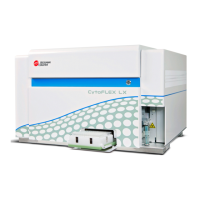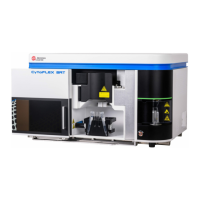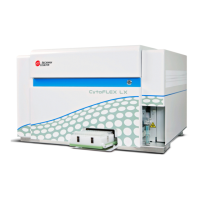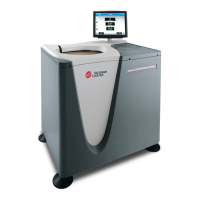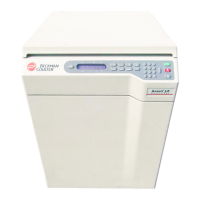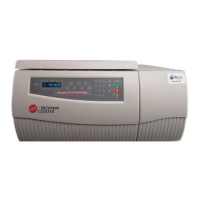PN 177196BB
7-9
DATA MANAGEMENT AND REVIEW
DATA ANALYSIS - MEASUREMENT PRINCIPLES
7
7.3 DATA ANALYSIS - MEASUREMENT PRINCIPLES
A Objectives
When you have completed this topic, you will be able to:
B State the Coulter Principle.
B State the relationship of resistance, cell volume, and pulse height.
B Define threshold, count periods, and voting.
B Explain the concept of channelization.
B Explain how pulses are used to develop a histogram.
B Briefly explain the A
C
V Technology.
B References
1. Bulletin 9151: A
c
V Differential Technology and Case Studies.
2. In the Online Help System or the Instructions for Use manual, refer to:
r
Heading 2.1 OVERVIEW.
r Heading 2.2 MEASUREMENT PRINCIPLES.
r Heading 2.3 A
c
V TECHNOLOGY.
r Heading 2.4 WBC/BASO TECHNOLOGY.
C Special Instructions
This topic is best covered in a classroom setting. Having a computer available to show where
this information is located in the Instructions for Use Manual is desirable.
D Topic Notes and Tasks
The Coulter Principle
1. The Coulter Principle is an electronic method of counting and sizing particles based on
the fact that cells, which are poor conductors of a weak current, interrupt current flow.
a. Cells, suspended in a conductive Diluent, are pulled through the aperture by a low
vacuum; this creates a momentary increase in resistance to the electronic flow.
1) Resistance creates a pulse that is sensed and counted by the instrument as a
particle.
2) The amount of resistance (the amplitude or height of each pulse) is directly
related to the size (volume) of the particle that produced it.
b. Impedance variation generated by the passage of nonconductive cells through a
small, calibrated aperture is used to determine the count (number of particles) and
size (volume) of the particles passing through the aperture within a given time
period.
2. This aperture sensing system is used to analyze the final dilutions in the RBC and
WBC/BASO baths.
a. The RBC bath aperture sensor system determines the cell count and size of RBCs
and platelets.
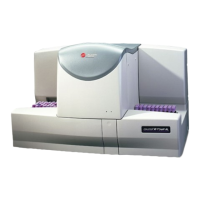
